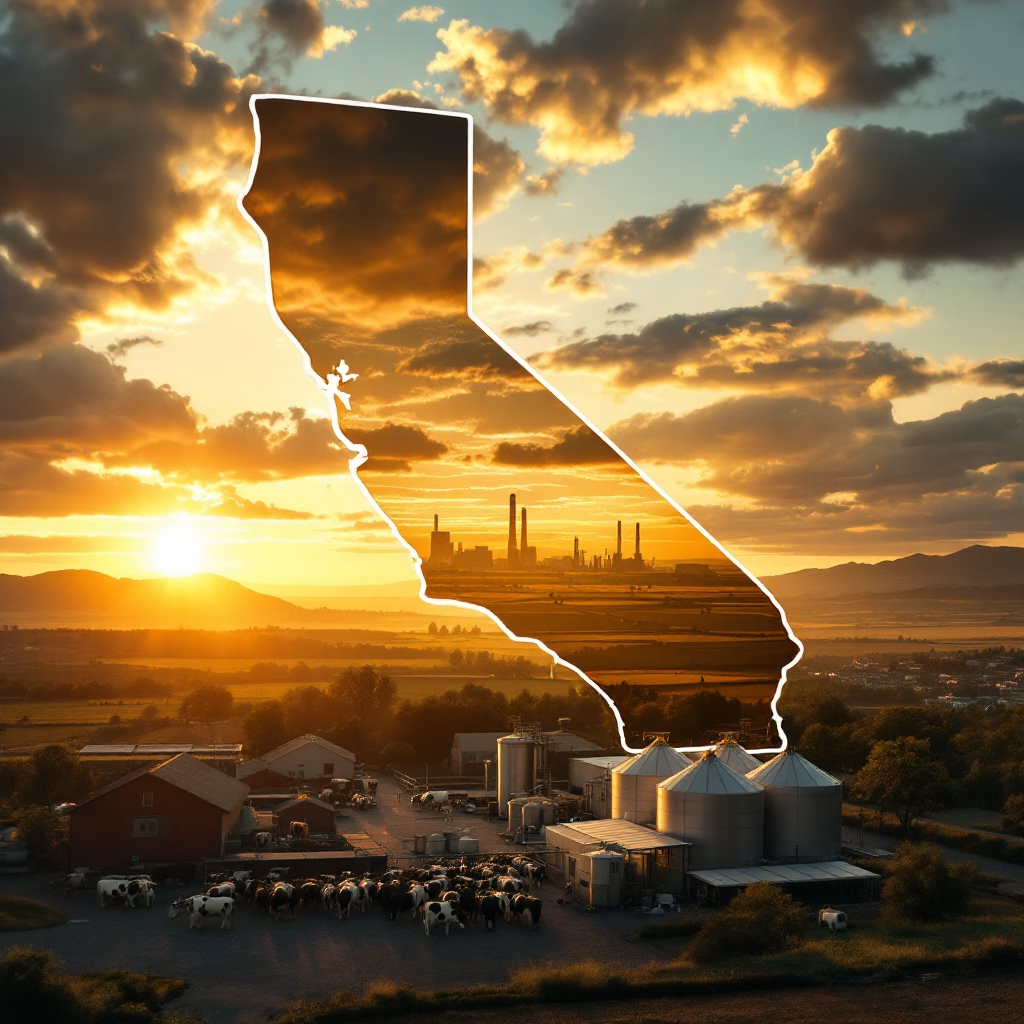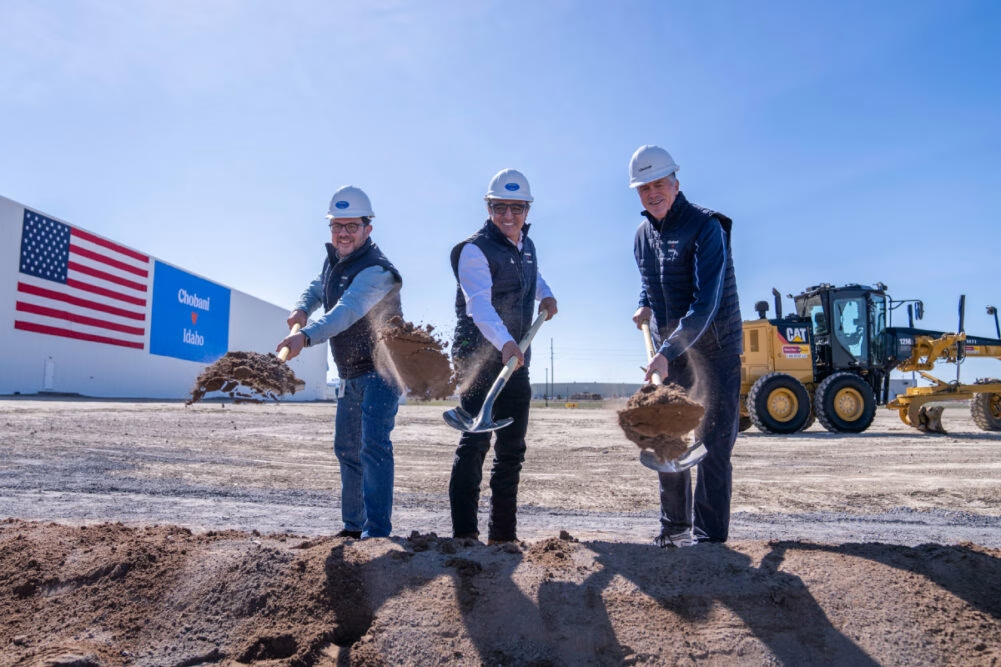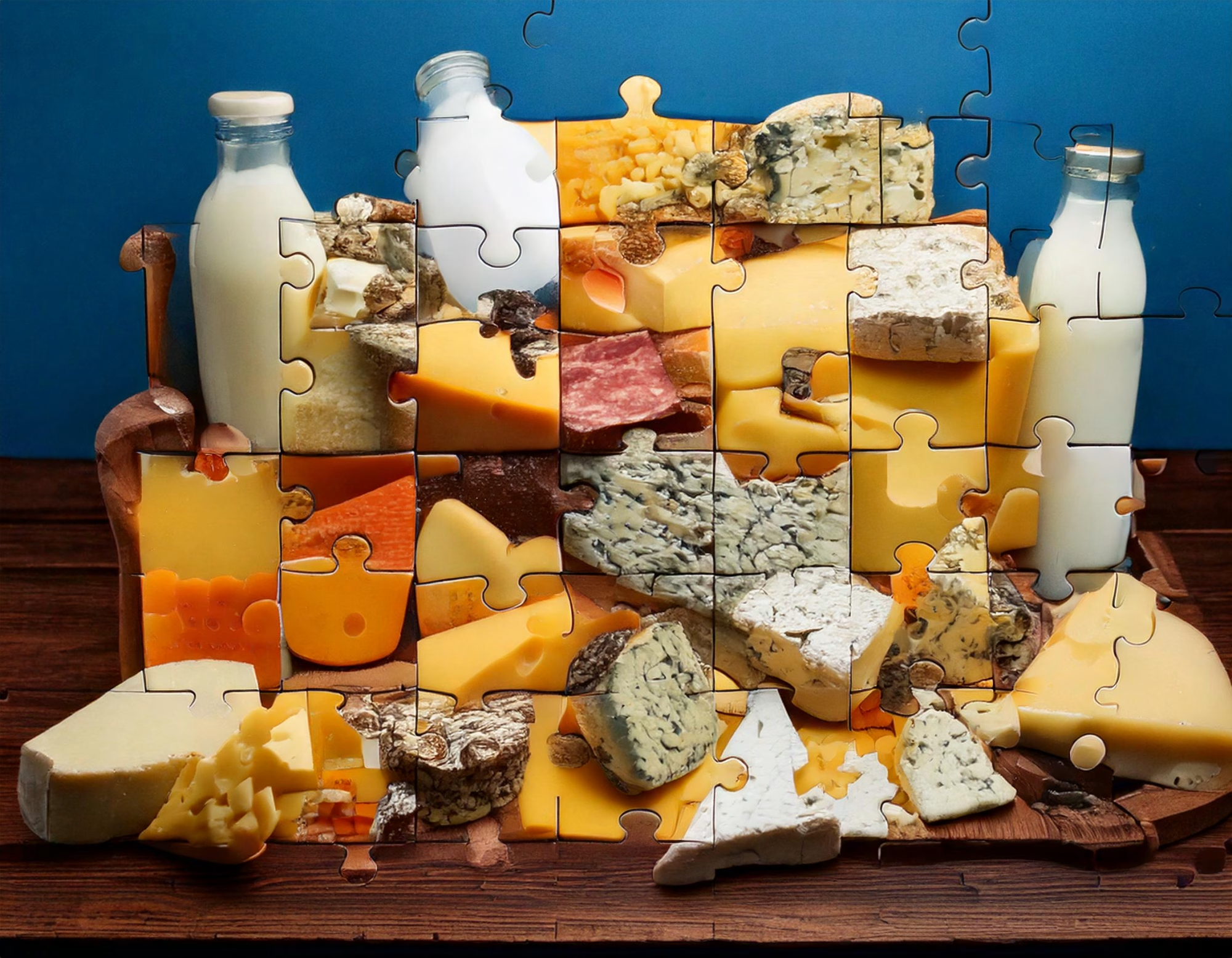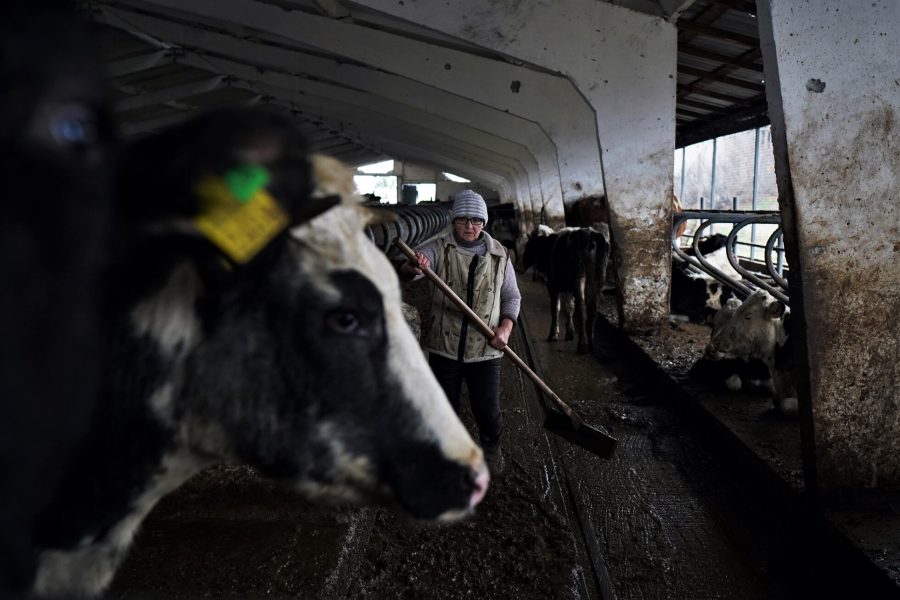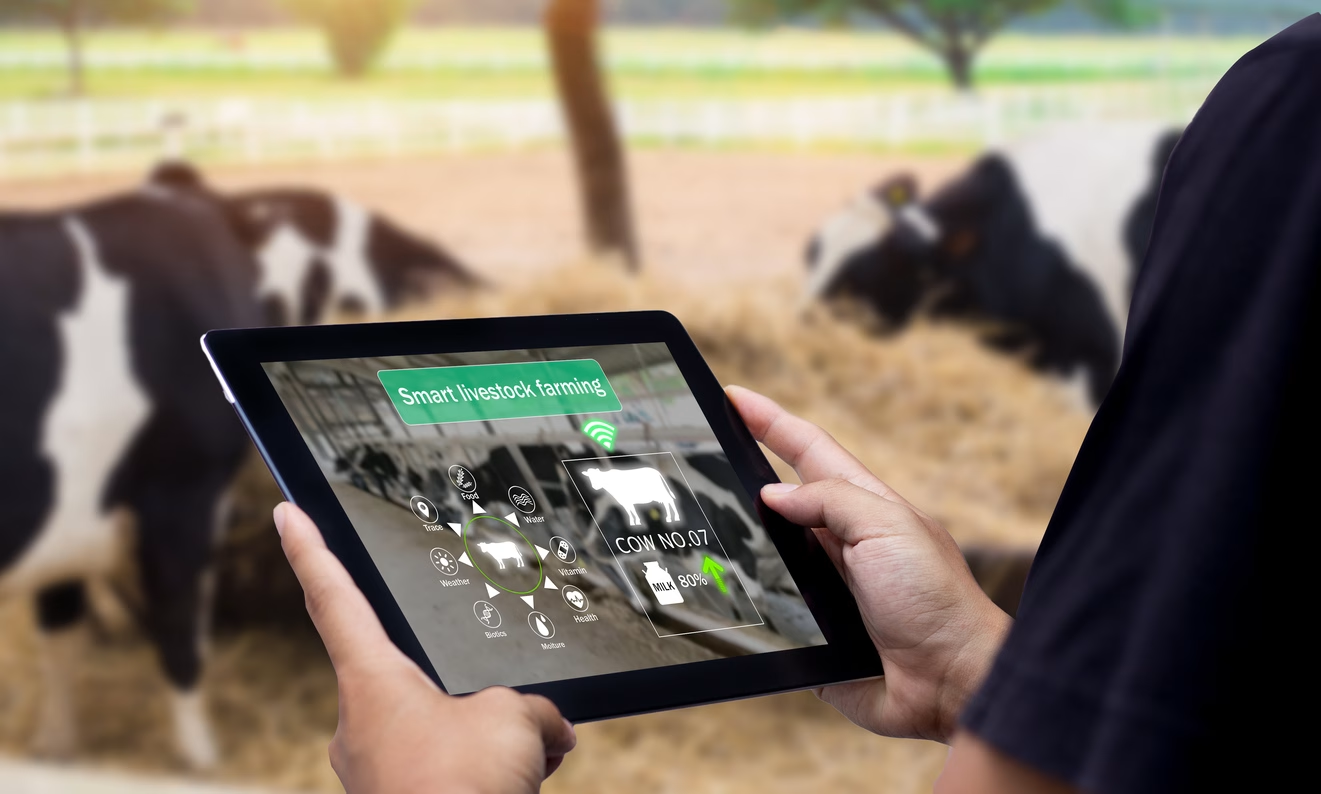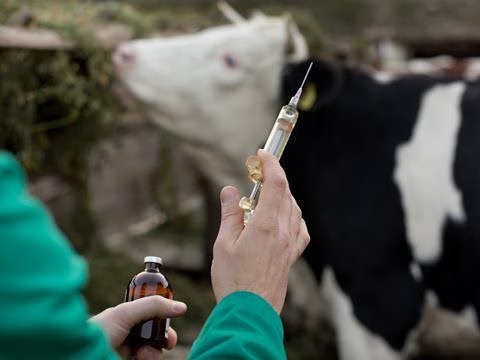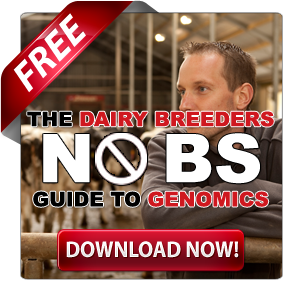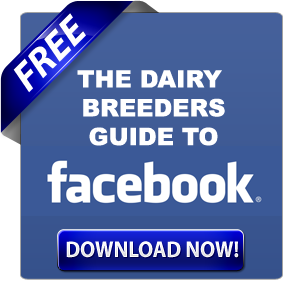Dairies face $1.5B in heat losses—discover 5-year strategies to build climate-proof operations.
EXECUTIVE SUMMARY: Climate change is reshaping dairy farming with wetter springs, hotter summers, and extreme weather, costing the industry $1.5B annually in heat stress alone. This guide equips farmers with actionable strategies: advanced drainage systems to combat waterlogged fields, heat-abatement infrastructure (like smart ventilation and misters), and climate-resilient feed management. Federal programs like EQIP and REAP offer funding for 50-75% of key upgrades, while soil health practices and regional risk assessments help tailor solutions. By prioritizing ROI-driven investments and proactive planning, dairy operations can boost productivity, protect margins, and future-proof against 2025’s volatile forecasts.
KEY TAKEAWAYS:
- Infrastructure pays: High-efficiency cooling systems (18-month ROI) and tile drainage cut losses from heat stress and flooded fields.
- Feed & water first: Diversify forages, optimize harvest timing, and adopt water recycling to combat climate-driven feed shortages.
- Tap $300K/farm funds: USDA’s EQIP and IRA incentives cover up to 75% of climate-smart upgrades (deadline: May 1).
- Soil = survival: Cover crops and no-till practices improve water infiltration by 40%, shielding against droughts and deluges.
- Regional risks rule: Midwest/Northeast prioritize drainage; West/Southwest focus on drought-resistant feeds and irrigation tech.
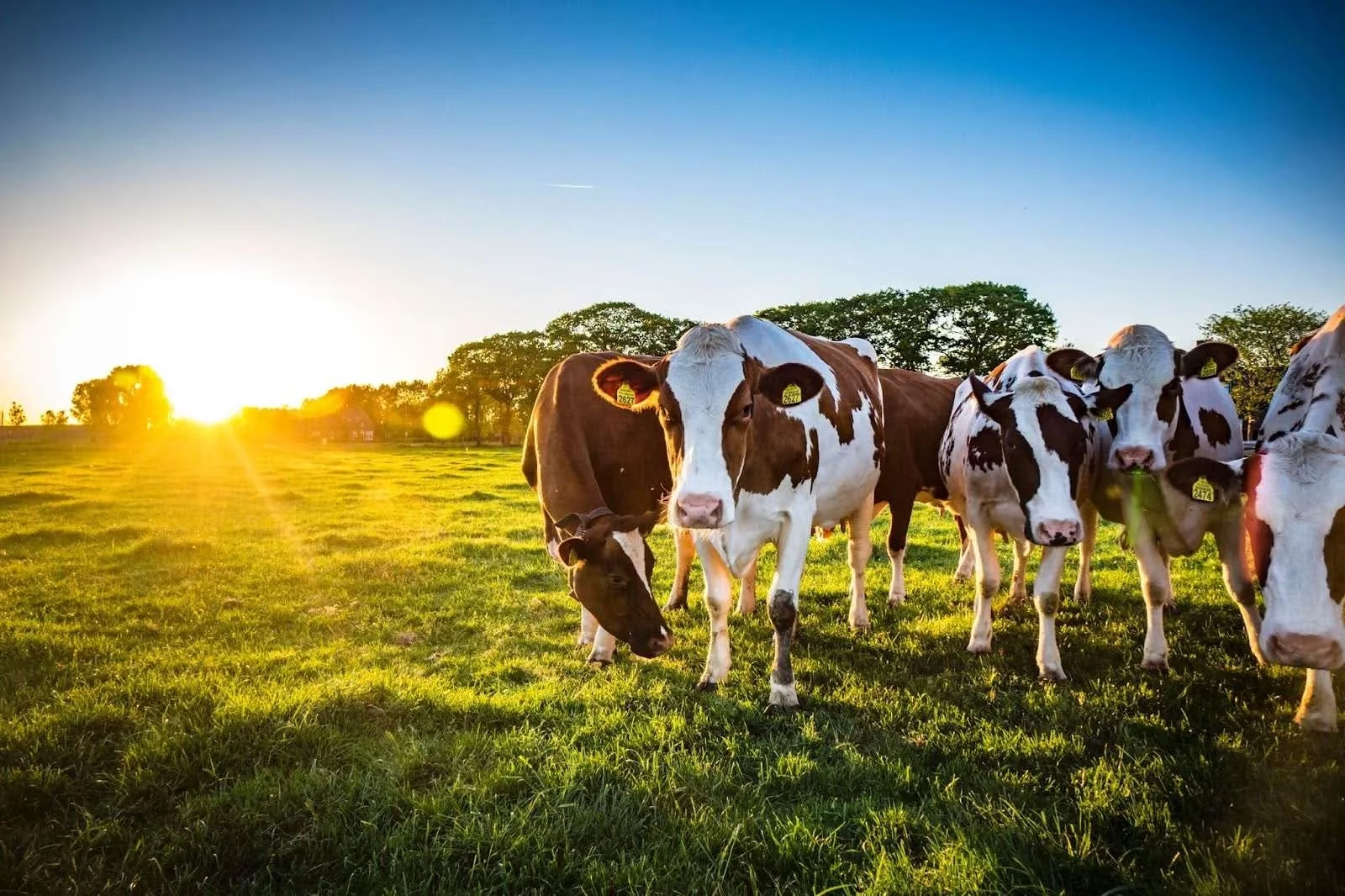
Dairy farming in North America stands at a critical juncture as climate change introduces unprecedented challenges to traditional operational models. Increasingly erratic weather patterns—characterized by wetter springs, hotter summers, and more frequent extreme events—significantly impact the industry’s productivity, profitability, and long-term sustainability.
The economic stakes are severe. Current annual losses to the US dairy industry due to heat stress alone are estimated at $1.2 to $1.5 billion. Heat stress creates long-lasting challenges beyond immediate milk production losses through its impact on reproduction, disrupting optimal calving intervals and reducing overall lifetime productivity.
| ! BREAKING NEWS ! |
| USDA’s April 2025 outlook projects milk production of 226.2 billion pounds for 2025, down 700 million pounds from previous forecasts. Producers with climate-resilient operations are better positioned to maintain productivity despite these challenges. |
Extreme Weather Roulette: Which Climate Bomb Will Hit Your Herd First?
National climate assessments confirm overarching trends: rising average temperatures, more variable precipitation patterns, and a marked increase in extreme weather events. However, these changes manifest differently across major dairy-producing regions:
- Midwest: Historical annual precipitation increases by 5-15%, with more rapid transitions between wet and dry extremes complicating water management.
- Northeast: There is a dramatic increase in heavy rainfall events, with the amount of rain during the heaviest downpours increasing by approximately 60% since the 1950s.
- West and Southwest: Increasing drought frequency and severity, impacting irrigation supplies and increasing competition for limited water resources.
The Hidden Cost of Heat: Is Your Herd Silently Suffering?
Dairy cows are particularly vulnerable to heat stress, with implications beyond immediate discomfort. The Temperature Humidity Index (THI) is commonly used to measure heat stress risk, with thresholds for concern typically starting around a THI of 70-72.
Physiologically, heat stress triggers a cascade of adverse effects in dairy cows:
- Increased respiration rates
- Reduced feed intake
- Metabolic shifts make them more susceptible to diseases like mastitis and lameness
- Significantly impaired reproductive performance
Research shows that a 1.5°F temperature increase could result in the equivalent loss of dairy output from one and a half cows on an average Wisconsin dairy farm. With continued climate change, Wisconsin is expected to stay warmer for more of the year, with the number of hot days (90°F or higher) projected to increase from less than 20 per year to 20-40 days by 2060.
From Swamp to Success: Transforming Waterlogged Fields into Productive Ground
When Rain Won’t Stop: The Feed Quality Crisis
Across many dairy regions, particularly the Northeast and Midwest, springs are becoming wetter, with more frequent and intense rainfall events. This trend creates significant challenges for timely feed crop establishment and harvest.
Key impacts include:
- Delayed planting due to saturated soils
- Soil compaction from heavy equipment
- Increased risk of nutrient runoff
- Reduced yields and nutritional value in corn silage and hay crops
Drainage Revolution: Unlocking Your Field’s Hidden Potential
Cover Cropping: Planting non-cash crops like rye, clover, or brassicas between main cropping periods offers numerous benefits for managing wet conditions and building long-term soil resilience.
Field Drainage (Tile Drainage): In fields prone to waterlogging, subsurface tile drainage systems can be a highly effective solution.
| ! CASE STUDY: MICHIGAN DRAINAGE TRANSFORMATION ! |
| A Michigan dairy farm transformed a 120-acre “untillable” parcel with a 40-foot elevation change into productive corn ground using advanced GPS-designed tile drainage. The system enabled crop production and limited soil erosion, created consistent conditions for no-till practices, improved soil health, and facilitated timely fieldwork—turning a liability into a productive asset. |
Building for the Future: Infrastructure Investments That Pay You Back
Strategic investments in farm infrastructure provide significant protection against climate impacts, particularly heat stress and water-related challenges. While requiring capital outlay, well-chosen upgrades can enhance cow comfort, protect feed resources, improve resource efficiency, and ultimately bolster the farm’s bottom line.
Cooling Systems That Deliver ROI
- Ventilation Systems: Proper ventilation aims to provide sufficient fresh air exchange year-round and deliver adequate air speed over the cows during hot weather.
- Supplemental Cooling: Low-pressure sprinkler or soaker systems that wet the cows’ backs, combined with fans to enhance evaporative cooling, are common and effective.
Climate-Smart Infrastructure Investments
| Investment | Avg. Payback | 2025 IRA Boost |
| Smart Ventilation | 18 months | 50% cost-share |
| Drainage Tech | 3.2 years | $147/acre credit |
| Water Recycling | 2.4 years | 30% tax credit |
Funding Your Farm’s Resilience: Don’t Miss These Deadlines
| ! PRO TIP ! |
| Lock in 2025 EQIP funds by May 1 – new IRA incentives cover 75% of heat abatement systems |
USDA Climate-Smart Funding Programs for Dairy (2025)
| Program | Deadline | Funding Focus | Max Award | Key Partners |
| EQIP (IRA Boosted) | Rolling | Heat abatement, drainage, cover crops | $300K/farm | NRCS |
| RCPP Dairy Projects | Various | Methane reduction, feed efficiency | $3-29M (varies) | Various dairy organizations |
| Dairy Manure Management Incentive | Jan 30, 2025 | Waste storage, separation, composting | Up to $1M/farm | Transform F2C project |
| Dairy Margin Coverage | Annual enrollment | Climate-adjusted margin protection | Varies | FSA |
Your 5-Year Climate Resilience Roadmap: From Vulnerable to Invincible
Building climate resilience is not a one-size-fits-all endeavor. An effective strategy must be tailored to an individual dairy operation’s vulnerabilities, resources, and goals.
- Know Your Risks: Conduct a farm vulnerability assessment
- Choose Your Actions: Prioritize adaptation strategies
- Map It Out: Develop a timeline and budget
- Stay Agile: Monitor progress and adjust as needed
2025 Component Pricing & Production Outlook: Navigating the New Normal
| Component | March 2025 Price | YoY Δ | Strategic Priority |
| Butterfat | $2.62/lb | – | Maximize via nutrition |
| Protein | $2.46/lb | – | Maintain baseline |
| Other Solids | $0.36/lb | – | Monitor market trends |
| Class III Milk | $18.62/cwt | -$1.56 from Feb | Protect margins |
| Class IV Milk | $18.21/cwt | -$1.69 from Feb | Diversify revenue |
Winning Against Weather: Your Dairy’s Future Starts Now
The challenges posed by a changing climate are significant for dairy producers. However, with proactive planning and strategic investments, farms can build resilience against these challenges:
- Investing in Soil Health: Practices like cover cropping and reduced tillage improve water infiltration during heavy rains and water retention during dry spells.
- Strategic Water Management: Implementing field drainage where necessary and adopting water-efficient irrigation techniques can mitigate risks associated with excess moisture and water scarcity.
- Effective Heat Abatement: Optimizing barn ventilation and employing supplemental cooling systems are critical investments to protect cow health and productivity.
- Adaptive Feed Management: Diversifying forage sources and employing best practices for harvest and storage can help ensure a stable, high-quality feed supply.
By embracing proactive planning, leveraging available resources, and implementing targeted adaptation strategies, dairy farmers can navigate the challenges of unpredictable seasons. Investing in resilience today is an investment in the productivity, profitability, and sustainable future of the dairy operation.
As we look toward the future, the dairy industry’s ability to adapt to climate challenges will be crucial for maintaining production. The USDA’s March 2025 dairy outlook projects milk production at 226.2 billion pounds, down 700 million from previous forecasts. The all-milk price forecast for 2025 is $21.60 per cwt, $1.00 lower than last month’s forecast. Producers implementing climate resilience strategies will be better positioned to maintain productivity and capture opportunities in evolving markets.
Learn more:
- Climate Change and Dairy Farming: Navigating the Challenges Ahead
Discover how dairy farmers are adapting to heat stress, shifting rainfall patterns, and operational challenges with innovative cooling systems and smart feed management. - Sustainable Dairy Farming: Revolutionizing Practices for a Greener, Profitable Future
Explore cutting-edge practices like water recycling, anaerobic digestion, and rotational grazing that balance profitability with environmental stewardship. - Dairy Cows: Climate Villain or Circular Hero? The Truth Vegan Brands Don’t Want You to Hear
Uncover how dairy farms are embracing circular economy principles to close nutrient cycles, reduce waste, and enhance sustainability while addressing climate challenges.
 Join the Revolution!
Join the Revolution!
Join over 30,000 successful dairy professionals who rely on Bullvine Daily for their competitive edge. Delivered directly to your inbox each week, our exclusive industry insights help you make smarter decisions while saving precious hours every week. Never miss critical updates on milk production trends, breakthrough technologies, and profit-boosting strategies that top producers are already implementing. Subscribe now to transform your dairy operation’s efficiency and profitability—your future success is just one click away.







 Join the Revolution!
Join the Revolution!